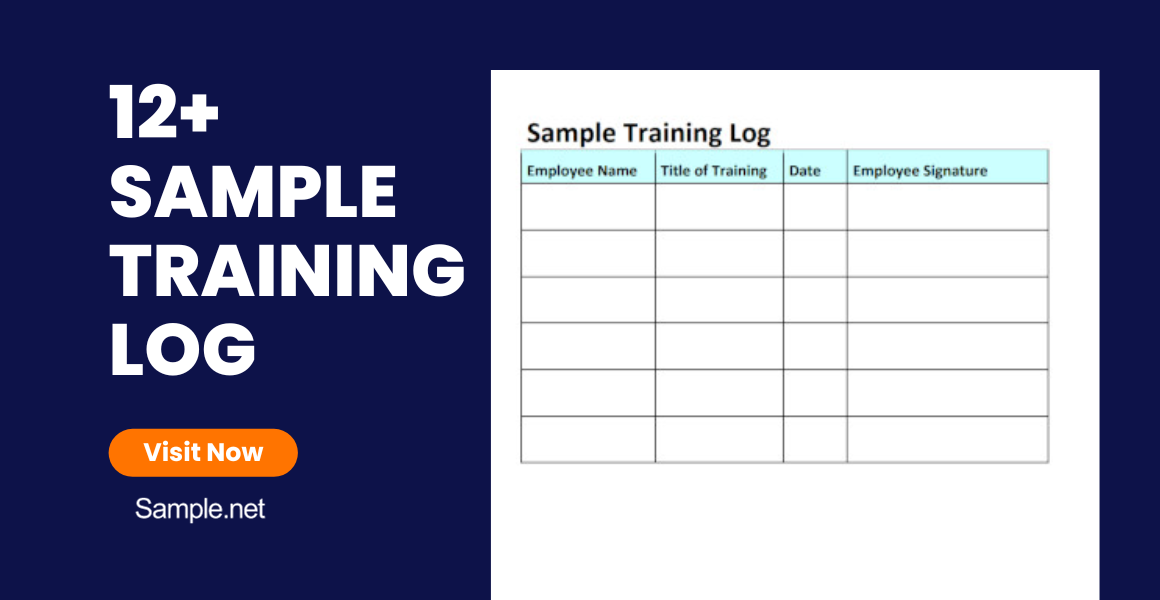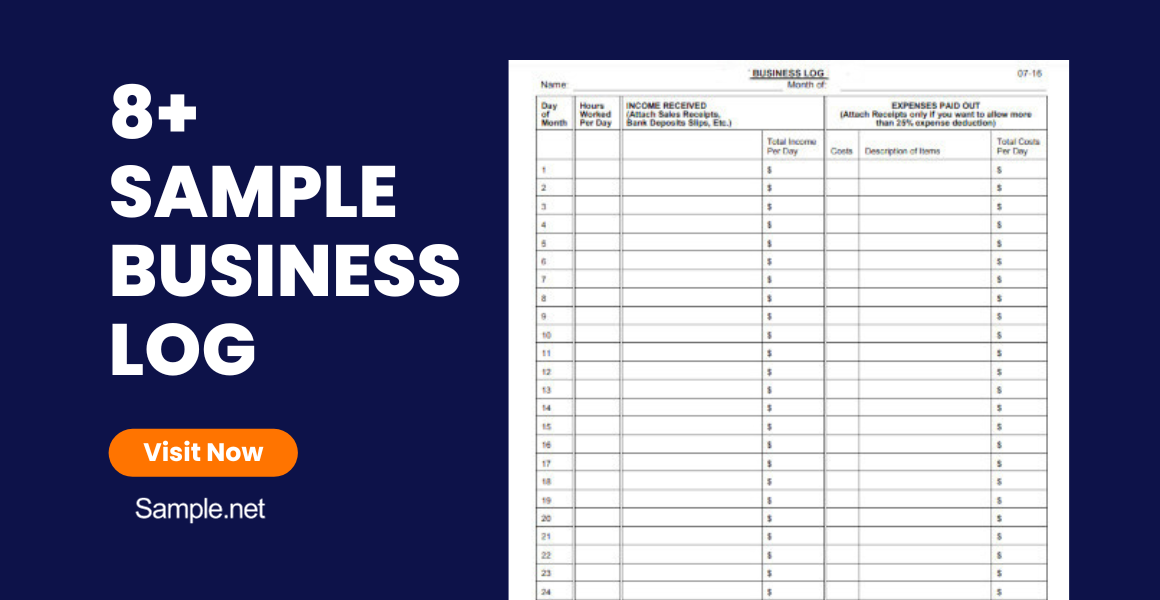Embark on a fitness odyssey with our meticulously crafted Training Log Sample Document. This comprehensive guide is not just a document—it's your passport to a transformative fitness journey. Unleash…
continue readingFood Log Examples
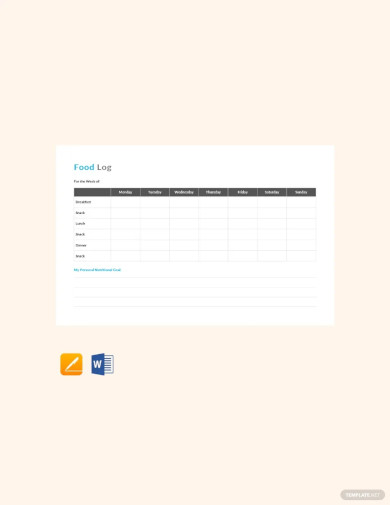
Food Log Template
download now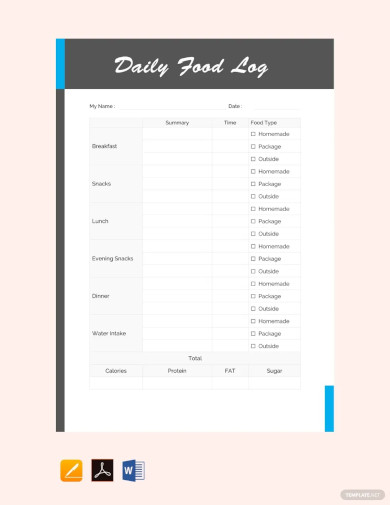
Daily Food Log Template
download now
Weekly Food Log Template
download now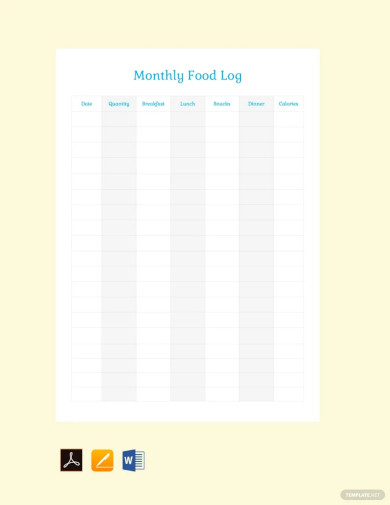
Monthly Food Log Template
download now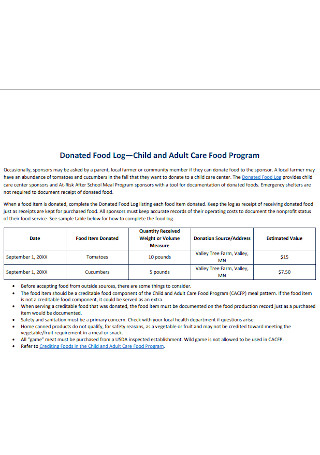
Child and Adult Care Food Program Log
download now
Printable Daily Food Log Template
download now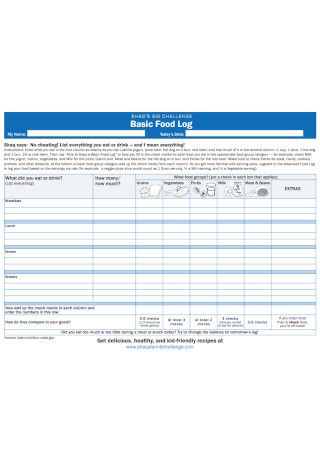
Basic Bullet Journal Food Log
download now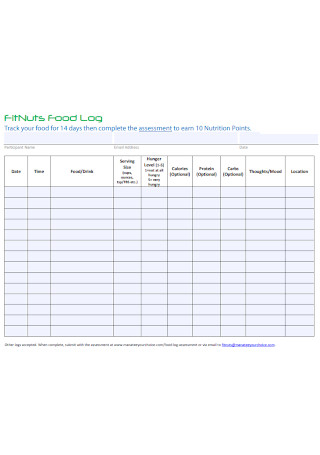
Food Diary Fitness Food Log
download now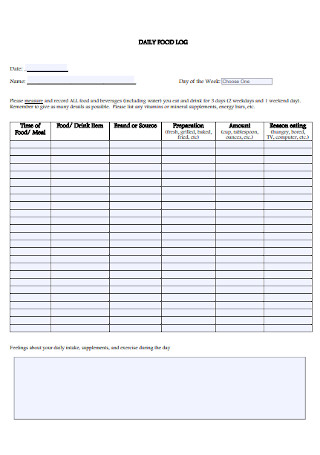
Sample Daily Food Tracker Log
download now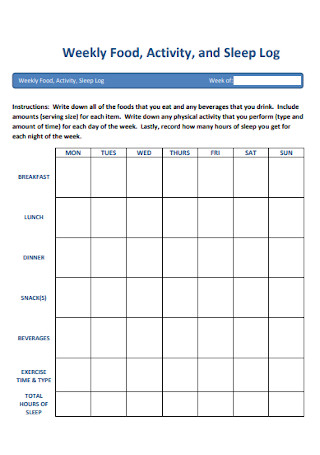
Food Completed Activity Log
download now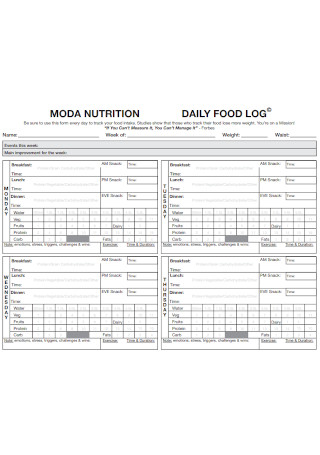
Daily Diabetic Nutrition Food Log
download now
Sample Daily Food Intake Optional Log
download now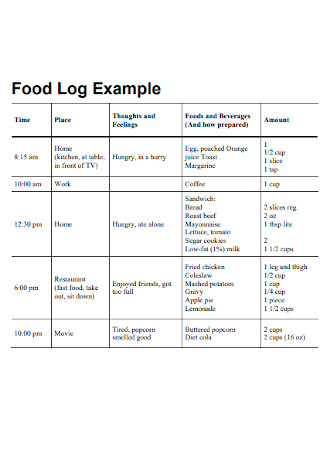
Food Chart Log Example
download now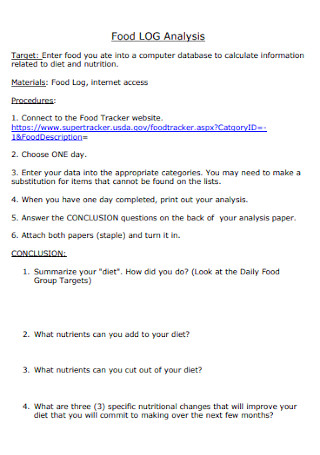
3 Day Food Log Analysis Example
download now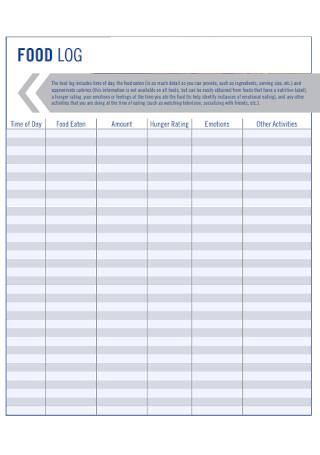
Simple Blood Sugar Food Log
download now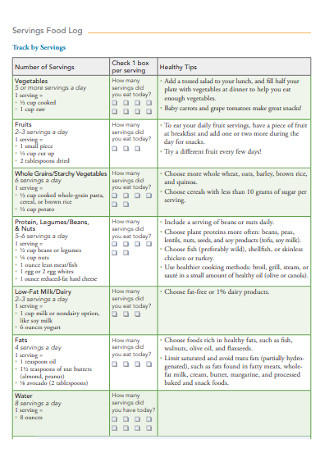
Sample Serving 1 Week Food Logs
download now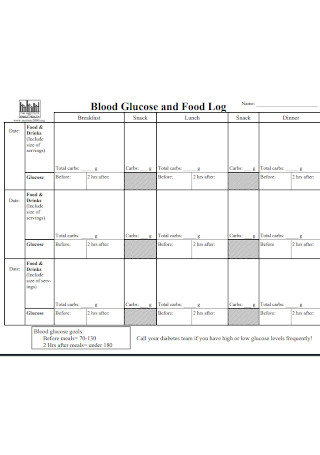
Blood Glucose and Food Log Sheet
download now
Weekly Food Calorie Log
download now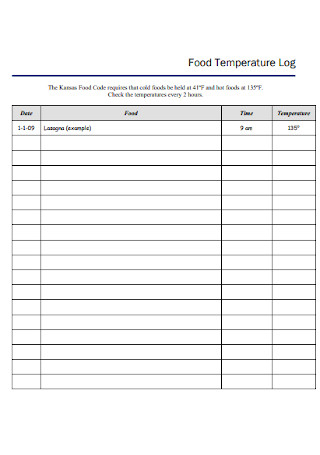
Food Mood Temperature Log
download now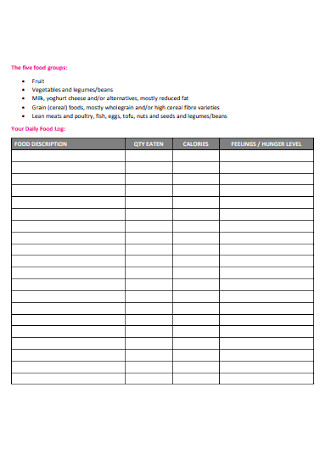
Basic Food Lunch Log Example
download now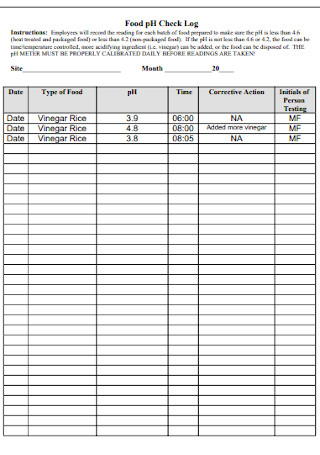
Meal Food Check Log
download now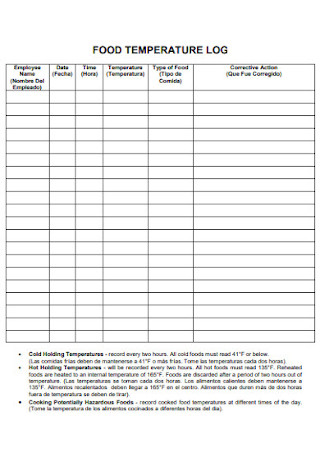
Food Toddler Consumption Log
download now
Simple Food Temperature Log
download now
Sample Reheating Food Log
download now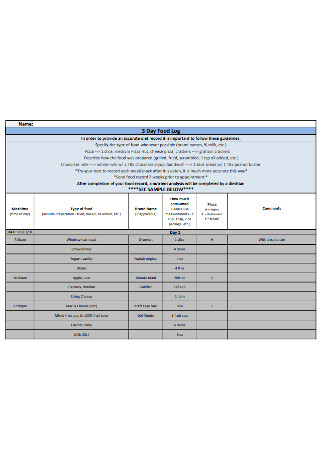
Editable Three Day Food Log
download now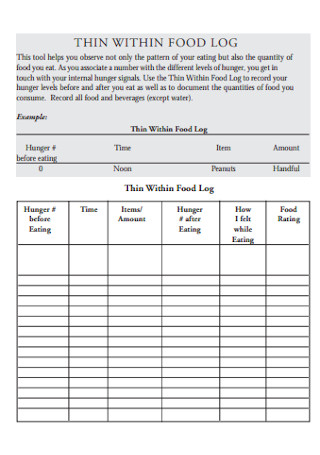
Student Formal Food Log
download now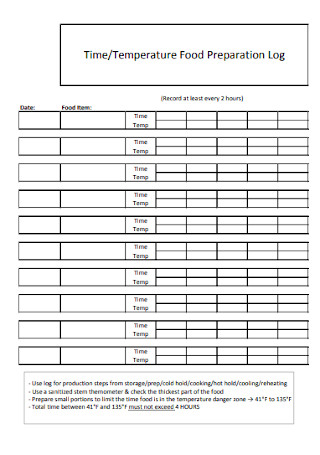
Food Preparation Notion Log
download now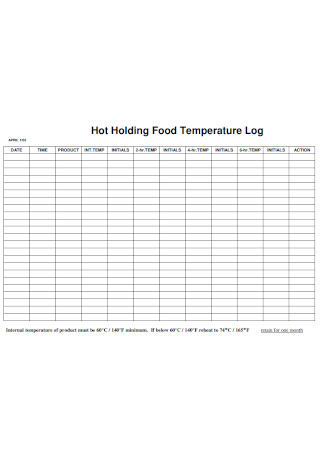
Hot Holding Food Temperature Log
download now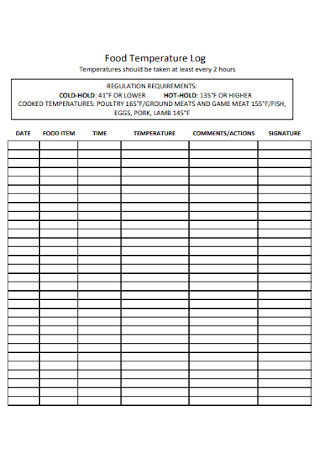
Formal Food Temperature Log
download now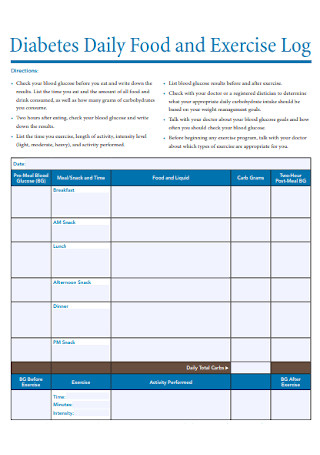
Diabetes Daily Food and Exercise Log
download now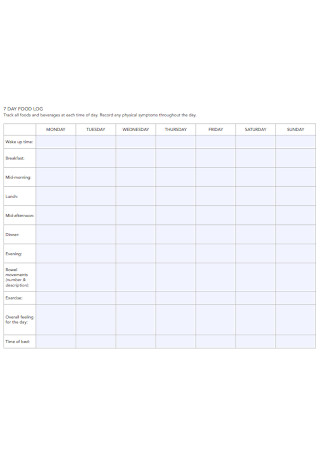
Seven Day Food Log
download now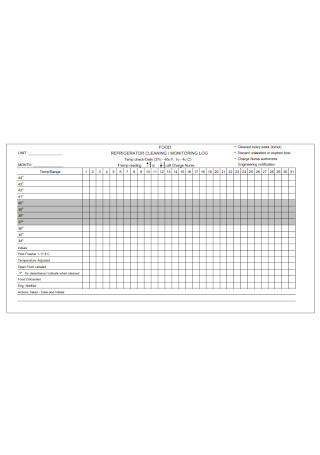
Daycare Food Monitoring Log
download now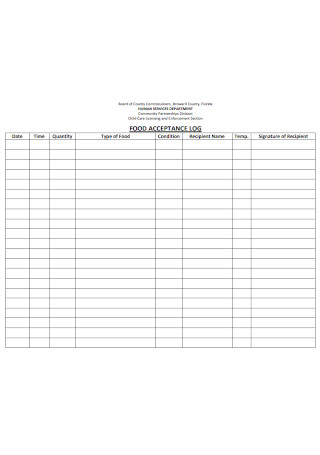
Food Acceptance Log
download now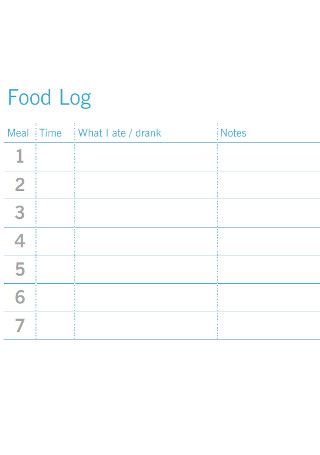
Sample Nutrition Food Log Template
download now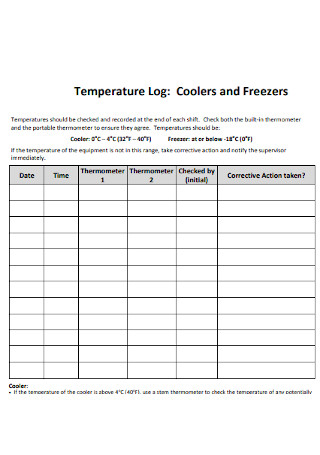
Food Safe Temperature Log
download now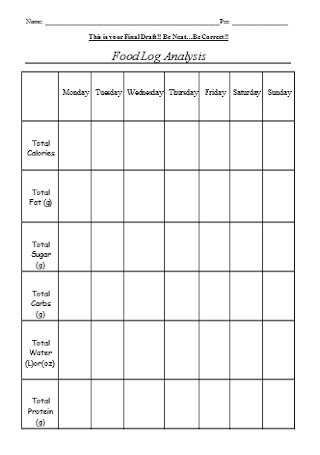
Simple Food Log Analysis Example
download now
What Is a Food Log?
Before humans started cooking their meals, they used to pick forest berries and nuts, apprehensive about the edibility and taste. The struggle to determine digestible grains from poisonous fruits was evident to those first human settlers. Later on, people learned to preserve food and use fire to prepare meals. According to history books, bread—one of the staple foods for many nations—was a great discovery that helped shape the process of cooking. As communities progressed, different ways of creating food became popular. Most people have to pick the type of food they would like to have for every meal.
Now, a food log has advantages when it comes to preparing and remembering food consumption. In a simple description, a food log serves as a nutrition planner and recorder for someone who wants to track food count and weight. The material, which acts as a food diary, consists of charts and graphs to check the progress of the person. The food log can be a weekly or monthly planner, depending on the goals of the owner. The sheet can also include the budget for each meal and protein intake.
Writing it Down: People Using a Food Log
With the rising number of cases and concerns on health, people are looking into options and activities that increase the capacity of the human body. For one, many individuals try to exercise and visit gyms for better physical condition. According to Statista, gym memberships in different fitness hubs around America reached 60.87 million in 2017. Lots of folks are concerned about their health, as well as their physical appearance. Sometimes, exercising needs a partner—that’s when diet and food watch comes in the picture. So, who uses a food log for tracking their daily meals?
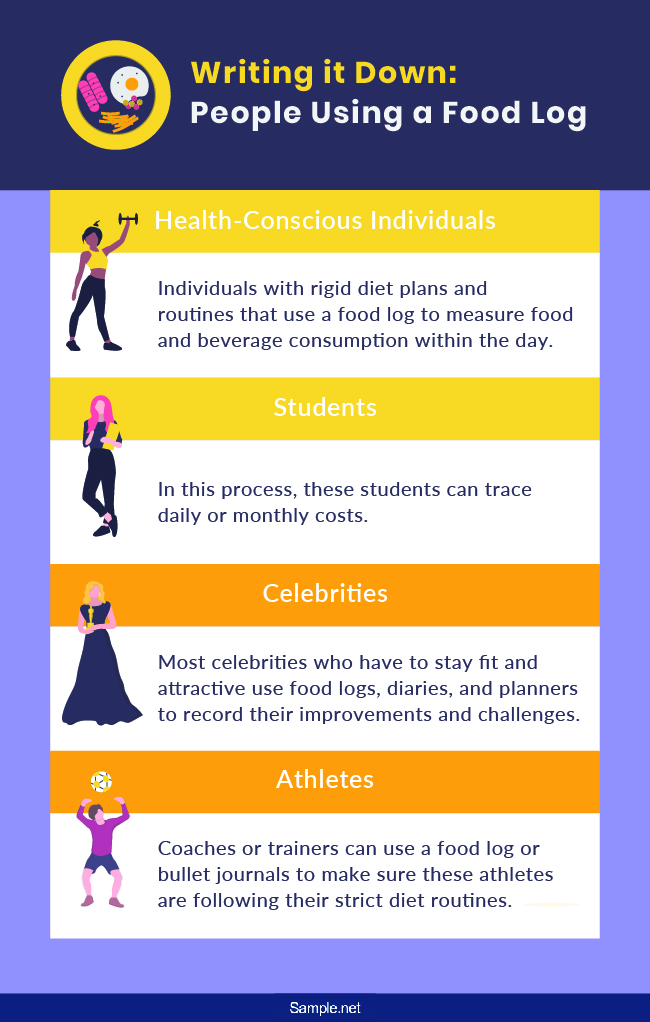
Good Foods: Choices for Healthy Living
For all folks with plans to use a food log, one thing sticks out. Each one wants to be healthier, to have a better lifestyle. Although not all people who use food logs wish to lose weight, the majority utilize it for this reason. According to magazine Self, knowledge matters the most when it comes to losing weight and staying fit. An article mentions how a food log can help individuals achieve their goals. Starting with eating habits up to emotional stability, the magazine discusses the whole picture. In reality, the food a person chooses reflects and affects his or her physical and mental being. That in mind, what are some healthy choices for the body?
Tuna and Salmon
In general, seafood contains generous amounts of iodine, a mineral essential in making thyroid hormones. These hormones help build strong bones for the body. Both salmon and tuna hold high levels of protein, a macronutrient for strengthening the muscles. Protein plays an essential role in keeping athletes energized and fit. Besides protein, both seafood also has low calories and other important nutrients. Additionally, tuna fresh from the ocean and not from oil has a higher value.
Beans and Legumes
Another duo to recognize for healthy living is beans and legumes. Aside from protein and low calorie, these two also have fiber. To understand it better, a fiber is an undigested carbohydrate that assists the regulation of sugars (hunger and blood sugar) in the body. People who eat these foods have an extra feeling of fullness, meaning fewer chances of getting hungry again. Some examples of the food are red kidney beans, black-eyed beans, peas, and soybeans.
Avocados
And a fruit lands on the list! An avocado has a high level of fats, but not the kind that gets one bloated. This fruit contains the “good fat” devoid of cholesterol. Moreover, avocados have lots of fiber and water to the convenience of the eater. It can be mixed sugar and ice to be a shake or other ingredient to become guacamole. As an addition to salads, the fruit has potassium, magnesium, and vitamins C and E.
Whole Grains
Next, whole grains are any type of cereal carrying these specifics: endosperm, germ, and bran. Unlike other grains, this food choice is the top selection to weight loss diet. Whole grains contain fiber, protein, and low carbohydrates. Having this for breakfast reduces the risk of heart disease and decreases the chances of other illnesses. In particular, oats, whether in cakes, cookies, or bread, have minerals, vitamins, and antioxidants. Consequently, different types of whole grains are rice, corn, rye, barley, and wheat.
Fruits
From common knowledge, fruits are the healthiest choice for someone who wants to lose some pounds. This food group contains natural sugar and, of course, has no preservatives. Do note that this is for fresh fruits, not mixed and minced into cans and jars. As a refreshing snack, fruits can be paired with other vegetables. Instead of eating it raw, the fruit can be shakes and juices. The healthiest fruits are bananas, grapes, papaya, pineapple, oranges, and cherries.
How To Craft a Food Log
People may assume that tracking daily and monthly expenses is a bother. What’s exciting about looking at numbers and calculating every single penny? Well, even when the task requires effort and a keen eye, it has rewards and advantages. For instance, the planner notices inaccuracies and unnecessary spending. Like how these individuals scribble down notes on expenses of transportation, having a food log proves to be an ally for folks. A salad, with health benefits, costs this much—a few dollars. Now, here are the steps in making a food log.
Step 1: Create an Outline of Goals
Always start by establishing the goals for yourself. Do you want weight loss? Are you planning to record the budget for the meals? Or do you have any plans to change the diet plans for fitness? After having a concrete plan, you can start thinking about the format of the document. In many cases, a food log has three sections and a summary note at the bottom. If necessary, revise the layout to meet your preferred worksheet.
Step 2: Have a Meal Plan
When complete, begin making a draft of your meal plan. For better understanding, a meal plan contains a list of healthy food combinations. Dieticians can recommend a directory fit for the needs of the person using the material. However, owners of the food log can also write down their food preferences without any consultation from experts.
Step 3: Provide Details of the Food Package
Whether you’re watching your weight or identifying meals that fit with the budget plan, you have to include the details of the food arrangements. Part of this section is calories, carbohydrate, and protein intake counts. The quantity and weight can also be included here. In this method, you can collect data to determine the development of your fitness plan.
Step 4: Be Honest and Write It All Down
Besides listing down the daily meals, you can also utilize the food log to express personal thoughts and ideas. If the weight loss regimen is tiresome, you can write an honest entry about it. A food log can be more than the enumeration of food consumption and changes in eating habits. At times, it may also be a way to vent frustrations and write simple accomplishments.
Step 5: Check the Progress
Every food log needs to have a sense of progress. So, make sure you spend time writing in the food log. Snacks, no matter the size, are also part of the list. After a week or month, collate the data and calculate numbers. For those losing weight, have weekly checkups. When needed, you should revise the material to be more effective.
FAQs
Should I include the exact time (hour and minutes) when I had the meal?
A food log has many elements and charts. While some think that having a timekeeping sheet is unnecessary, others believe otherwise. Now, this portion of the document depends on the goals set by the planner. If he or she wants to track the timeline, then this part should be in the food log.
How many goals should I have when I make the food log?
In most cases, the objectives only amount to two at a time. When met and accomplished, you can move to the next goal. Juggling too many ideas and intentions will leave you unfocused and distracted. You should have a strategy to organize everything.
Should I write down my emotions in the material?
Do remember that your well-being and emotions matter when you want to change a habit or add something different in your life. Hence, feeling emotional and scared comes naturally. When this happens, write down the notes in the food log. If you look back, you’ll reminisce about the times when you have doubts and how you conquered them.
Can my sleep pattern be recorded in the food log?
Yes, it can have a section in the food log. Due to the changes in your lifestyle, sleep patterns may also shift. With that, you should also place the details in the food log. Decorate the material when you feel like it. If you have more questions, it is okay to talk to a dietician.
When a person has a strong and healthy body, he or she has the capacity and confidence to do more—to live more. Many consider the body a temple filled with energy and vigor. But when the individual does not value the importance of the body, the cradle loses its essence. To gain that strength and vitality, we have to admire our body and take good care of it. After all, without this temple, we cannot do what we love. In the part of keeping the body healthy, we have to look at the lifestyle we have right now. Do exercise, eat good food, and use the tool to track the progress.

